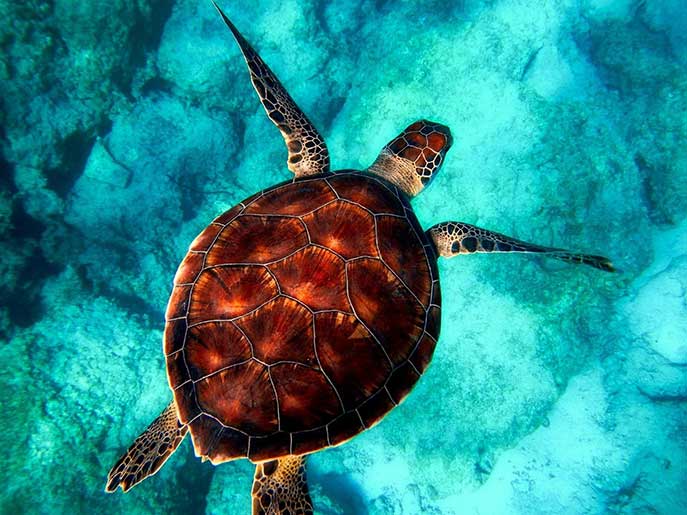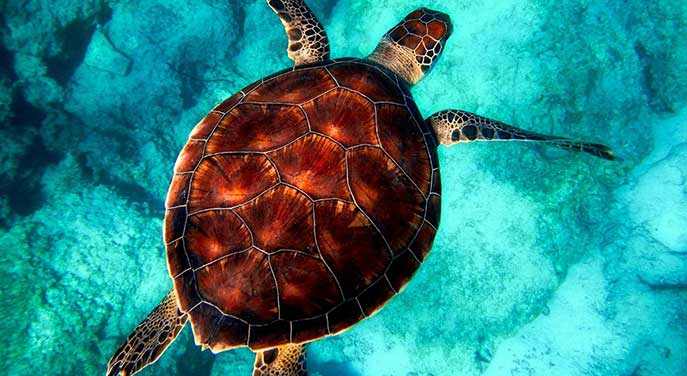Human activity is wreaking havoc on the natural world at an unparalleled rate. The effects are now being felt in the form of possible sixth mass extinction. Time on Earth is running out for some species. Humans are the largest threat to endangered species’ survival, with poaching, habitat destruction, and the effects of climate change contributing to many of the issues.
Extinction is a natural component of existence, and creatures and plants are extinct on a regular basis. Approximately 98% of all species that have ever lived on our planet have become extinct. When a species becomes extinct, its ecological niche is frequently supplied by new or existing species. The ‘normal’ rate of extinction on Earth is estimated to be between 0.1 and 1 species per 10,000 species per 100 years. This is referred to as the background extinction rate.
When species disappear far quicker than they are replaced, it is called a mass extinction event. This is commonly characterised as the extinction of around 75% of the world’s species in a ‘short’ period of geological time of fewer than 2.8 million years.
In recent years, human civilisation has advanced a lot. The industrial revolution and subsequent advances in technology have changed how we live and had an effect on the natural world. These developments have led to improved medical techniques as well as the internet which has opened up new avenues for entertainment such as online gambling. From simplistic slots to vivid and thrilling animal-themed games like 101 Lions or Mustang gold; the best online casinos continue to partner with providers who continue to amaze their users. There are thousands of casinos available online. It is best to check expert reviews to get an overview of what each operator is offering, as not every site offers the latest slots from top providers. These sites also advise on different promotions that you can claim and use to play. Though it is sad to think that some of the animals depicted in these games are on the brink of extinction.
One of the reasons is technology, which has also led to changes in farming practices and a growing population. Resulting in habitat destruction for farming, the culling of predators, and the introduction of invasive species, many of the world’s animal species are now under threat of extinction. According to recent research, the current extinction rate is 100 to 1,000 times higher than the pre-human background rate of extinction.
Sea Turtle
Sea turtles have been alive for more than 100 million years and play a vital role in the ecosystems of the ocean. Despite living in the oceans, sea turtles are also extremely reliant on land for nesting. Due to car traffic on beaches, coastal development, and other human activity disrupting their way of life, these sea creatures have suffered an incremental loss and harm to their environment in recent years.

Source: Pixabay
Black Rhinoceros
The black rhinoceros is a rare African species that is likewise on the verge of extinction and is classified as severely endangered. Poaching is the greatest threat to the remaining 5,600 black rhinoceros on the planet. Poachers can sell the horns of the rhino to Vietnam and China, where the horn is turned into powder for use in natural remedies. Despite there being little scientific evidence for these treatments, there’s still high demand for traditional medicine using rhino horns and other animal body parts.
Mountain Gorilla
Another animal on the verge of extinction is the mountain gorilla, which was recently added to the endangered species list. Around 1,000 of these magnificent creatures can currently be found in the highlands of central Africa’s forests. Humans have removed mountain gorillas’ natural habitats for agriculture and cattle, even those that are within protected areas. These animals also face the threat of poaching, and in some places, their habitats are destroyed to illegally gather charcoal.
North Atlantic Right Whale
The North Atlantic right whale got its name from whalers. They’re gentle giants that stick close to the coast and spend a lot of time grazing on zooplankton at the surface, making them an easy target and the perfect whale to hunt. Hunters nearly wiped them out for their meat and oil-rich blubber, and they are today one of the most endangered big whales. There are just approximately 400 of them left, with only about 100 of them capable of reproducing. Although they are now protected, and hunting is prohibited, population recovery is sluggish.
Indian Elephant
The Indian elephant has been designated as Endangered on the IUCN Red List since 1986, owing to a wild population fall of at least 50% between the 1930s and 1940s. Poaching, habitat loss, degradation, and fragmentation, as well as poaching, are all threats to Indian elephants living in the wild. Conservation efforts for this species are centred on preserving the species’ remaining habitat, building corridors to unite fragmented habitats, and enhancing laws and safeguards.
This content is a joint venture between our publication and our partner. We do not endorse any product or service in the article.


